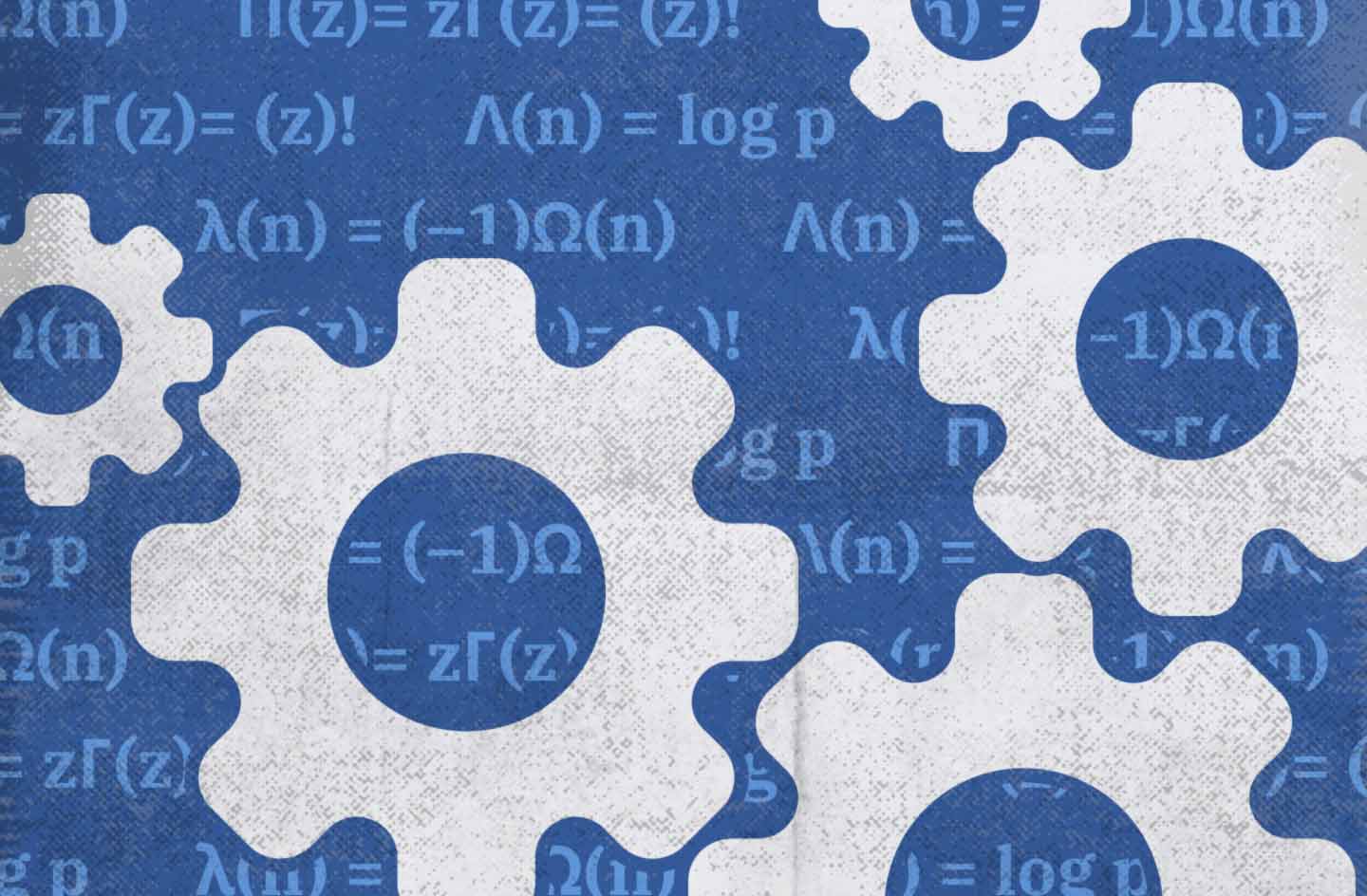Professional trading and cryptocurrency investments require skills to analyze the market situation and predict the price movements of specific assets. However, making predictions with absolute accuracy is impossible since market prices are indirectly influenced by a large number of factors, and no one can estimate the effect of each of them for sure. But how can we predict the situation in the cryptocurrency and financial markets? That’s what technical analysis (TA) was created for. Let’s find out what it is and why and how it is used.
What Is Technical Analysis?

Technical analysis is a complex of methods of evaluation and forecasting of the situation in financial markets, which helps to make weighted trading and investment decisions, based on statistical patterns in price dynamics. Identified patterns are used as indicators for forecasting.
Along with fundamental analysis (FA), TA techniques are a key tool for market analytics, helping to understand when and which assets are worth buying or selling. Fundamental analysis is based on calculating the “objective” value of an asset based on a company’s financial performance, facilities, assets, team, and other factors. Unlike fundamental analysis, TA relies on studying historical price movements, identifying recurring patterns, and determining patterns that allow one to predict price changes in the near future.
Note: Many novice traders mistakenly think that TA is only suitable for traditional financial markets, but it’s actually a widespread analytical method for cryptocurrencies.
Indicators of Technical Analysis

Exchange analysts use various indicators that help analyze the market. Basically, these methods are mathematical functions based on price dynamics, trading volume, and other statistical data, as well as the correlations between them. They help to form trading signals, i.e., prompts for traders to sell or buy, what assets and in what quantities, what trading pairs to use, etc.
There are versatile and highly specialized TA techniques. Among the most common indicators of technical analysis are:
- RelativeStrengthIndex (RSI). This indicator measures the relative strength of the financial market by comparing the absolute values at the moments of rising and falling prices.
- MovingAverage (MA). It’s an indicator of the average price movement. By averaging the data for a certain period of time, the volatility effect is smoothed, and it becomes possible to analyze the current market trend.
- MovingAverage ConvergenceDivergence (MACD). An indicator that illustrates the ratio of MA indicators for short and long periods of time. It’s used to determine price trend changes.
- BollingerBands (BB). Bollinger Bands define transitions from stable value to active changes of asset prices and vice versa. BB implies the formation of a price chart with three MAs having specified deviations.
- StochasticOscillator. A popular indicator in traditional finance, which helps to determine how overbought or oversold the market is based on comparing the price of an asset at the close of the previous day with a range of similar indicators over a certain period of time.
- Ichimoku KinkoHyo. An indicator based on three MAs and two derivative lines. Ichimoku helps determine the trend direction and support and resistance levels. It also signals possible price reversals.
- Fibonacci Lines. Charts of asset values, which are used to display the approximate level of correction, are determined by a sequence of numbers of a famous mathematical genius.
These are not all methods of technical analysis, even among the popular ones. There are various chart patterns of technical analysis, such as the Japanese candlesticks or the Golden Cross and the Death Cross. Furthermore, there are different methods of price, volume, correlation, seasonal, and other types of statistical analysis, globally referred to as technical ones. We’ll certainly consider the most significant of them in more detail in future materials.
The Role of Technical Analysis in Forecasting Prices of Cryptocurrencies

TA is a highly effective tool for predicting the price dynamics of digital assets. The essence of this set of techniques is to identify trends, support and resistance levels, overbought and oversold markets, and other factors that can affect the price of a cryptocurrency. With this data, traders are able to make assumptions about where the price of a particular asset will move in the future and make appropriate trading decisions.
Technical analysis can also be used to determine when to enter and exit positions, which helps investors maximize their profits and reduce potential losses. It’s worth noting that technical analysis is no guarantee of success, and the decision to buy or sell cryptocurrency should always be made based on additional factors such as fundamental analysis and crypto industry news.










